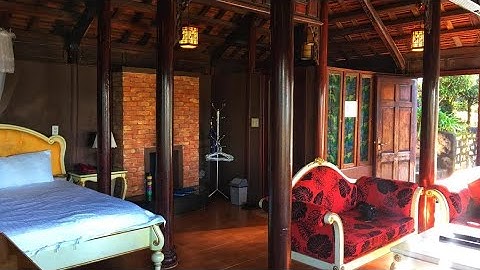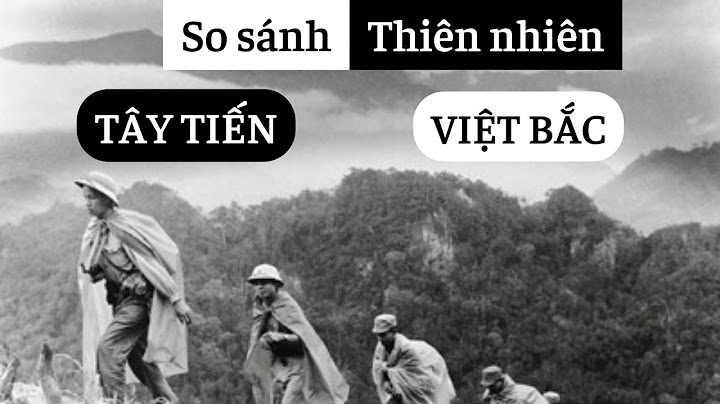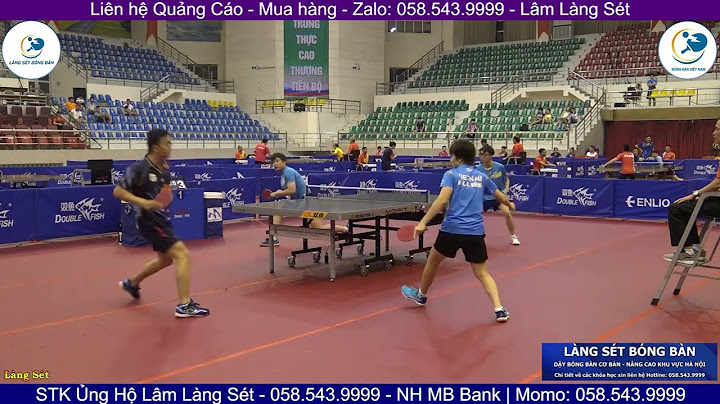This is an in-depth review of the new Nikon 40mm f/2.8G DX macro / micro prime lens that was announced in July of 2011. The Nikon 40mm f/2.8G DX, also known as “AF-S DX Micro-NIKKOR 40mm f/2.8G” is a consumer-grade lens for photo enthusiasts that need an affordable macro lens with good performance characteristics. In the of macro lens offerings from Nikon, this lens comes at the lowest price point and shortest focal length. With the former being good news, the latter can be a problem in some situations, specifically when approaching subjects very closely (read more on this issue below). Show With the current great fast aperture prime lens line from Nikon such as Nikon 35mm f/1.8G and Nikon 50mm f/1.8G, one might wonder what the Nikon 40mm f/2.8G DX has to offer that the other primes cannot accomplish. How does it differ from other affordable primes? In this review, I will talk about the capabilities of the Nikon 40mm f/2.8G DX and provide a detailed report on its strengths and weaknesses, along with a summary of thoughts about the lens based on my two-month experience with it.  While the lens is limited to cameras like Nikon D3100, D5100 and D7000 with a DX sensor and comes at a very attractive price point of $279, it has Silent Wave Motor / AF-S, which allows the lens to silently autofocus on all modern Nikon DSLRs, and Super Integrated Coating, which dramatically reduces lens flare and ghosting. It is a small and relatively lightweight lens that weighs only 10 ounces (280 grams), which is roughly 4 ounces heavier than the super lightweight Nikon 50mm f/1.8G. Other notable features include 1.0x reproduction ratio (more on that later), 0.53 ft minimum focus distance (from the sensor, not the lens barrel), 7 semi-rounded diaphragm blades for pleasant-looking bokeh, a focus limiter switch to increase autofocus speed, 3 focus modes with autofocus override and a 52mm filter size. In short, a great list of features at a low price.  One question I get asked a lot on DX lenses, is whether DX lenses have to be multiplied by the crop factor of 1.5x to gets their true field of view or not. As I have explained in my “Equivalent Focal Length and Field of View” article, it does not matter if you use a DX or a full-frame lens – the focal length of a lens never changes when used on different size sensors – only the angle of view does. In other words, you see wider with full-frame sensors and narrower with crop-factor sensors. This means that the Nikon 40mm f/2.8G DX has a field of view equivalent to approximately 60mm in full-frame format. So think of it as a cheaper and lighter alternative to the Nikon 60mm f/2.8G ED (when the 60mm is mounted on a full-frame camera). In this review, I will provide a thorough analysis of the Nikon 40mm f/2.8G lens, along with image samples and comparisons against the Nikon 35mm f/1.8G DX and Nikon 50mm f/1.4G lenses.  Nikon 40mm f/2.8G DX Macro Specifications
Detailed specifications for the lens, along with MTF charts and other useful data can be found in our lens database. Lens Use and Autofocus Speed / AccuracySo, what would you use a lens like the Nikon 40mm f/2.8G DX for and how does it differ from other excellent Nikon primes like the Nikon 35mm f/1.8G or the Nikon 50mm f/1.8G? In Nikon’s official literature, the lens is listed as “AF-S DX Micro-NIKKOR 40mm f/2.8G”. This might sound confusing, but Nikon’s “micro” term means the same thing as “macro”. As a macro lens, the Nikon 40mm f/2.8G can do something that regular primes normally cannot, which is focus on a subject from a very close distance. You have probably already seen beautiful images of flowers, insects and other small objects captured very closely with plenty of details – those images are typically shot with macro lenses. While most lenses can only focus beyond the “minimum focus distance” due to their construction limitations, macro lenses are specifically engineered to extend optical elements away from the sensor in order to be able to focus closer on subjects. The Nikon 40mm f/2.8G DX is a great example of this extension process – when the lens is focused at infinity, its lens barrel is at its shortest length, while focusing on a close subject extends the lens barrel significantly, as can be seen in this image:  Because of this physical extension of optical elements away from the sensor, some amount of light is lost before it reaches the sensor. To compensate for the light loss, the lens automatically decreases its aperture. Therefore, you will notice that although the maximum lens aperture in lens specifications and literature states f/2.8, the actual lens aperture will vary from f/2.8 to f/4.2, depending on how close you are to the subject. In addition, because most modern macro lenses are designed to be able to focus both on far objects at infinity and very close objects with high precision, lens elements that control focus must move slowly in small increments. In turn, this translates to many rotations of the focus ring that are required to go from closest focus to infinity, making these lenses rather slow when trying to focus between close and far objects. To speed up autofocus, Nikon provided a close focus limiter switch that allows limiting focus from infinity to 0.2 meters (∞-0.2m). When photographing non-macro subjects, the Nikon 40mm f/2.8G autofocuses fairly fast, just like many other Nikkor primes. When focusing on very close subjects, AF speed, reliability and accuracy can drop, especially in low light situations. At times, you might find it easier to use manual focus when doing macro photography.  Despite these shortcomings, macro lenses are designed to be extremely sharp from center to corner of the frame. Good sharpness is pretty much required when photographing objects at close distances for macro photography. Understanding this very well, lens manufacturers surely do make them sharp and the Nikon 40mm f/2.8G DX is no exception here. When subjects are captured at extremely close distances, depth of field and subject isolation are also equally important. This puts even more stress on lens manufacturers to try to engineer macro lenses that can render good looking bokeh. As a result, because of great image clarity, sharpness and colors, some photographers choose to use macro lenses for portraiture. The Nikon 105mm f/2.8G VR, a macro lens, is a very popular lens among portrait and wedding photographers for the same reasons. As for 1:1 reproduction ratio language, it simply means that if you took an object that has the same size as the sensor of the camera and physically put it on the same camera sensor, it would cover up the entire surface of it. For example, a full-frame sensor has an imaging area of approximately 24x36mm, so if you photographed an object as small as 24x36mm in size, it would fill up the frame when focused at the closest distance.  Now that you understand the mechanical and optical differences between macro and regular lenses, let’s talk about what Nikon is trying to do with the 40mm f/2.8G DX. Being a low-cost alternative to full-frame macro lenses, Nikon is pushing the 40mm f/2.8G DX to be used for macro and portrait work. In their marketing material it clearly states “ideal for shooting general close-ups, delicate flowers, detailed collectables, copy photography, portraits, landscapes and more”. Ignore the last word “landscapes”, because this lens would not be very practical for most landscape photography, except in cases when you need to focus on a small part of a landscape or when shooting panoramas. So if we filter out “landscapes”, we are left with “close-ups, delicate flowers, detailed collectables, copy photography” – all macro – and “portraits”. Clearly, trying to kill two rabbits with a single bullet. How well it can do both is a different subject. Being primarily a macro lens first and portrait lens second, I wanted to find out how it does with photographing small to large objects at extremely close and close distances. What I discovered, is that the Nikon 40mm f/2.8G is excellent for photographing flowers, food and other medium-size objects, but not so suitable for photographing smaller subjects. As I have mentioned in the beginning of this review, this has to do with the closest focus distance. Because this distance is so small, photographing tiny subjects at extremely short distances could become a problem, simply because the lens is physically too close to the subject and might block some or all of the light that reaches the subject. Unless the light is coming from the side of the subject, it is too difficult to photograph subjects without casting a shadow. Lens Handling and BuildSimilar to the recently introduced Nikon prime lenses, the Nikon 40mm f/2.8G has a solid build, with a plastic body and a metal mount. Seems like Nikon is not using the same cheap plastic mounts on prime lenses like on the Nikon 18-55mm, which is great news, especially given the price of the lens. Similar to other Nikkor primes, the Nikon 40mm f/2.8G DX also has a rubber gasket on the lens mount, which provides good sealing against dust making its way into the camera. The rubber gasket definitely helps not only in reducing sensor dust, but also in reducing the amount of dust that could potentially end up inside the lens. As I explained in my “what to do with dust inside lenses” article, it is quite normal for lenses to suck air in and out when focusing or zooming in/out. Size-wise, it is a little narrower and taller than the Nikon 50mm f/1.8 / f/1.4G lenses. Here is a comparison between the Nikon 40mm f/2.8G and Nikon 50mm f/1.4G:  Similar to other Nikon 35mm and 50mm lenses, the Nikon 40mm f/2.8G is not weather sealed. Nikon lenses without gold rings are not designed to withstand tough weather as professional lenses. That’s why Nikon does not specifically mention weather-sealing in their marketing materials on cheaper prime lenses. If you take good care of the lens, you should have no problems with using it in various weather conditions. As for the focus ring (which operates very smoothly), it is conveniently located on the front of the barrel, making it easy to manually focus with a thumb and index fingers while shooting images or video. The lens comes with an “HB-61” bayonet lens hood, which sits tightly once it is snapped on the front of the lens. The M/A and M switch on the side of the lens allows autofocus with manual focus override and full manual focus operation. The latest Nikon DSLRs like Nikon D5100 immediately recognize the focus position and provide notifications on the information (“I” button) screen. |




















